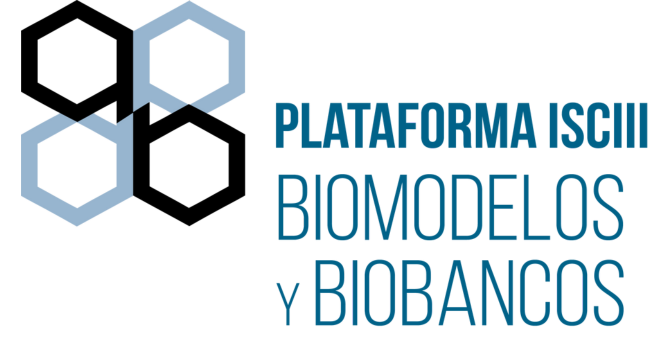CONSORCIO CENTRO DE INVESTIGACIÓN BIOMÉDICA EN RED
The CIBER has a staff of 831 persons and 5.654 attached researchers, integrated in 518 research groups, spread out at different centres, linked to 104 institutions in the consortium, belonging to different Administrations, Institutions and Autonomous Communities, in the public and private sectors. At CIBER, network research is carried out, promoting cooperation between the consortium groups and promoting synergies. This horizontal organisation model means competitive advantages can be attained, promoting the complementary aspects of measures, sharing objectives and optimising resources as a way to share costs and take advantage of economies of scale. And this includes having platforms and units at the service of R+D+i.
Services
The CIBER unit has 2 of its own biobanks, the CIBERES Pulmonary Biobank Platform (https://biobancopulmonar.ciberes.org) and the CIBERER Biobank (http://www.ciberer-biobank.es), and one affiliated, the Banco de Neurological Tissues of the Parc Sanitari Sant Joan de Déu (https://www.pssjd.org/unitat-docencia-recerca-innovacio/banc-de-teixits) promoted by CIBERSAM. In addition, it includes service units in animal models such as Mouse Embryo Cryopreservation (CRIOCNB) [http://wwwuser.cnb.csic.es/criocnb/] and Histology (HISTOCNB) [http://wwwuser.cnb. csic.es/histocnb/] and the Non-Invasive Neurofunctional Evaluation Service (ENNI) [https://www.iib.uam.es/web/iibm/enni#gsc.tab=0] of the CIBERER, as well as the of ICTS 3D bioprinting Nanbiosis_U10 Drug Formulation from CIBERBBN (https://www.nanbiosis.es/portfolio/u10-drug-formulation/). Moreover, it has a wide capacity to generate biomodels, having already been cataloged in CIBERONC [https://modelos-experimentales.ciberonc.es/].

